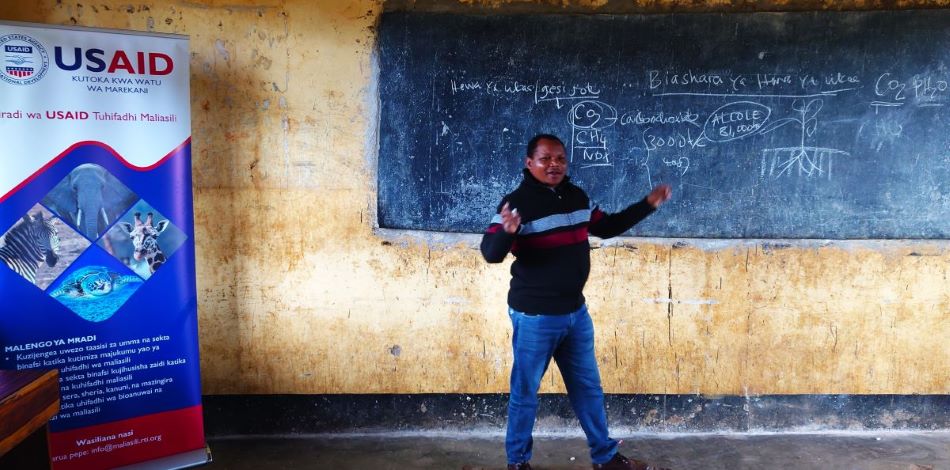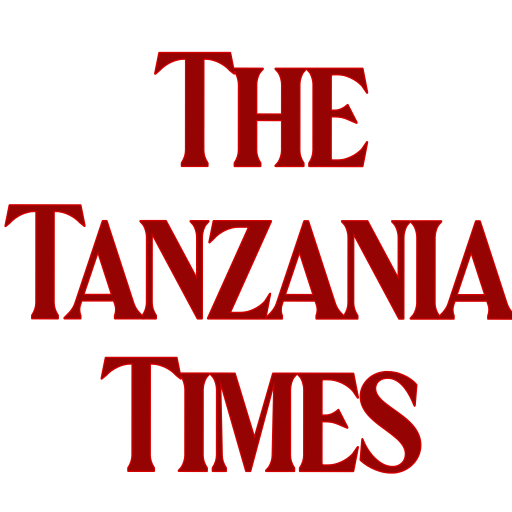Manyara Region designates a million hectares of forested Village land for international carbon trading
East Africa’s carbon trading hub
Manyara is working to become the main hub for international carbon trading activities in the entire East African Community precinct.
The Region has set aside over one million hectares of forest land purely for carbon trading, with more clusters to be added as time goes by.
The Manyara Regional Forest Officer, Michael Gwandu revealed here that over 600,000 hectares of wilderness have already been reserved for conservation and carbon trading in the vast Simanjiro District alone as of now.
“In association with local village governments, we have also reserved 200,000 hectares in Kiteto District, while the other forested 200,000 hectares have been set aside for the carbon trading in Mbulu, Babati and Hanang’ districts,” stated Mr Gwandu.

The official explained that all those demarcated forests are mapped within gazetted village lands, some with customary title deeds. He pointed out that there are more and even larger reserved areas yet to be included in the bill.
“We intend to make Manyara the hub of carbon trading in East Africa,” said Gwandu.
Manyara has a low population density of 43 people per square kilometers.
The 2022 Census report indicates the presence of 1.9 million people spread across 50.9 million hectares of the Region’s real estate.
That puts Manyara in the proper position to become the atmosphere cleaning factory in Tanzania.
According to the Manyara Regional Forest Officer, so far various organizations and agencies have shown interest to enter into contracts with local villages for carbon trading.
“We have been receiving offers from as far as Australia and Singapore,” said Gwandu, adding that at the moment Carbon Tanzania is the entity which has already started operating in Manyara.
“But villages have been getting proposals from other firms such as Net Zero Africa; The Nature Conservancy (TNC); The Nature Restoration Company (TNRC) and Soil for Future,” Gwandu maintained.
Harvesting Carbon Credits
At the moment, five villages of Irkiushoibor, Makame, Katikati, Ndedo and Ngabolo in the Kiteto District of Manyara Region profess to earn 2.6 billion/- annually from carbon trading through their joint Wildlife Management Area.
The Makame Wildlife Management Area of Kiteto involves a massive 371,900 hectares of conserved land, with 104,000 hectares invested in carbon trading and so far the area has been measured to absorb 381,000 metric tons of carbon gases from the atmosphere.
The Wildlife Management Area Secretary, Supuk Koringa Olekai said they have also reserved an even larger stretch of land as connectivity landscape earmarked specifically as dispersal area for the 1000 elephants that keep traversing between the Tarangire National Park and nearby reserves.
There are other five villages in Kiteto District namely Amei, Loolera, Lesoit and Lembapuli have also pooled in parts of their respective precincts to form the joint Alole grazing plains.
The initiative is being assisted by the Tanzania Natural Resources Forum (TNRF) with support from the United States Agency for International Development through the USAID Tuhifadhi Maliasili activity.
Grazing Rangelands
The Alole rangelands, measuring 81,000 square kilometers have been officially gazetted with Government Notice (GN) 595 as village owned, community protected areas that also serves as a connectivity route for ample wildlife species.
The Loolera Village Charman, Moita Lemuse said they also plan to engage into carbon trade through their now officially protected grazing plains.
Though Manyara is endorsing 1 million hectares for forest conservation with carbon trading in mind, the region has already designated 2.3 million hectares for livestock grazing and production.
Manyara boasts three distinct agro-ecological zones of nearly 1.5 million hectares suitable and entitled for crop production, though nearly 80 percent of the Region’s population seem to be biased towards livestock keeping.
Manyara has on the other hand earmarked 2,518 hectares for industrial development.



